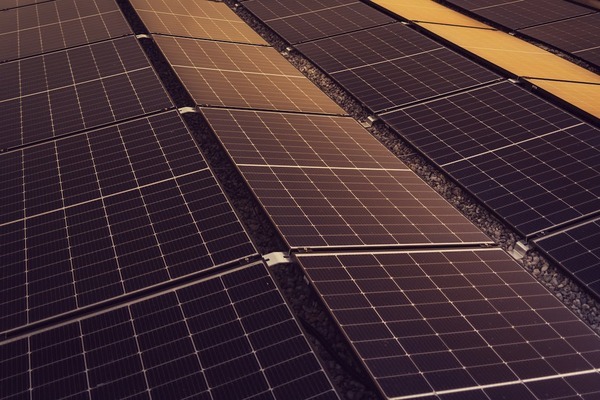During the recent meeting between Egypt’s Deputy Prime Minister for Industrial Development and Minister of Industry and Transport Kamel Al-Wazir and the United Nations Industrial Development Organization (UNIDO) Regional Representative Patrick Gilabert, discussions focused on Egypt’s growing renewable energy sector, specifically solar, wind, and hydroelectric projects.
As far as Egypt’s Solar Projects are concerned, UNIDO’s collaboration with Egypt supports the expansion of the Benban Solar Park in Aswan, one of the largest solar installations in the world. Benban has a capacity of 1.8 gigawatts (GW) and serves as a model for large-scale renewable energy projects in Egypt. The park has been developed with international partners and plays a critical role in increasing Egypt’s renewable energy capacity.
Another project highlighted during the meeting was the Kom Ombo Solar Plant, also located in Aswan, which will contribute an additional 200 megawatts (MW) to Egypt’s renewable energy grid. These solar projects, supported through both UNIDO and international investments, aim to meet local demand and support exports to international markets.
Adding to Egypt’s Solar development, its wind energy projects, particularly along the Red Sea coast, were also discussed. The Gulf of Suez Wind Farm, with a capacity of 545 MW, is a major part of Egypt’s wind energy strategy, benefiting from high wind speeds in the region. This project, developed with support from Japan International Cooperation Agency (JICA) and other international partners, is expected to significantly boost wind energy generation.
Additionally, the Gabal El-Zeit Wind Farm, with a projected capacity of 580 MW, will further enhance Egypt’s wind power capabilities, making it one of the largest wind farms in Africa.
The meeting also acknowledged the contribution of hydropower, especially from the Aswan High Dam, which has a capacity of 2.1 GW. This long-standing project continues to provide a stable source of renewable energy. Egypt operates other smaller hydropower stations, further diversifying its renewable energy resources.


